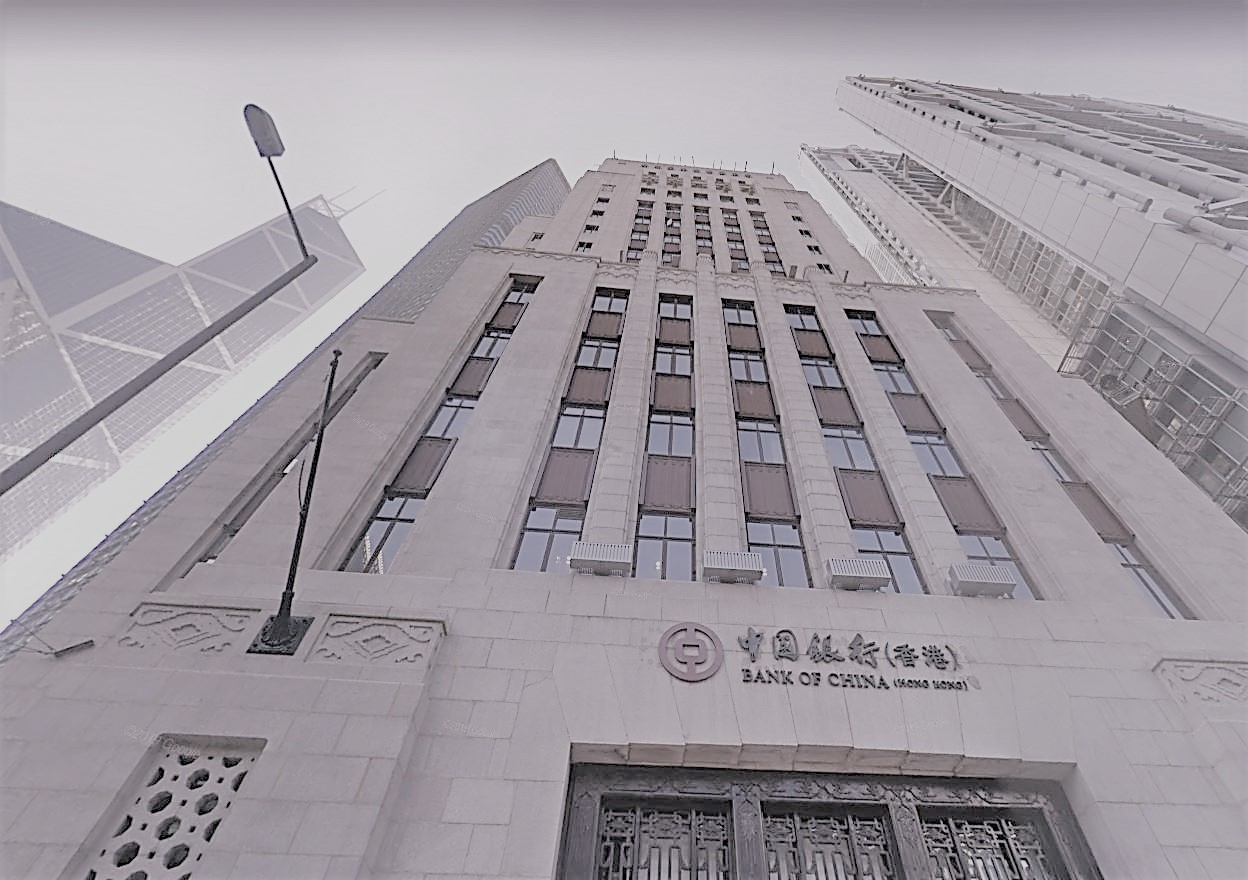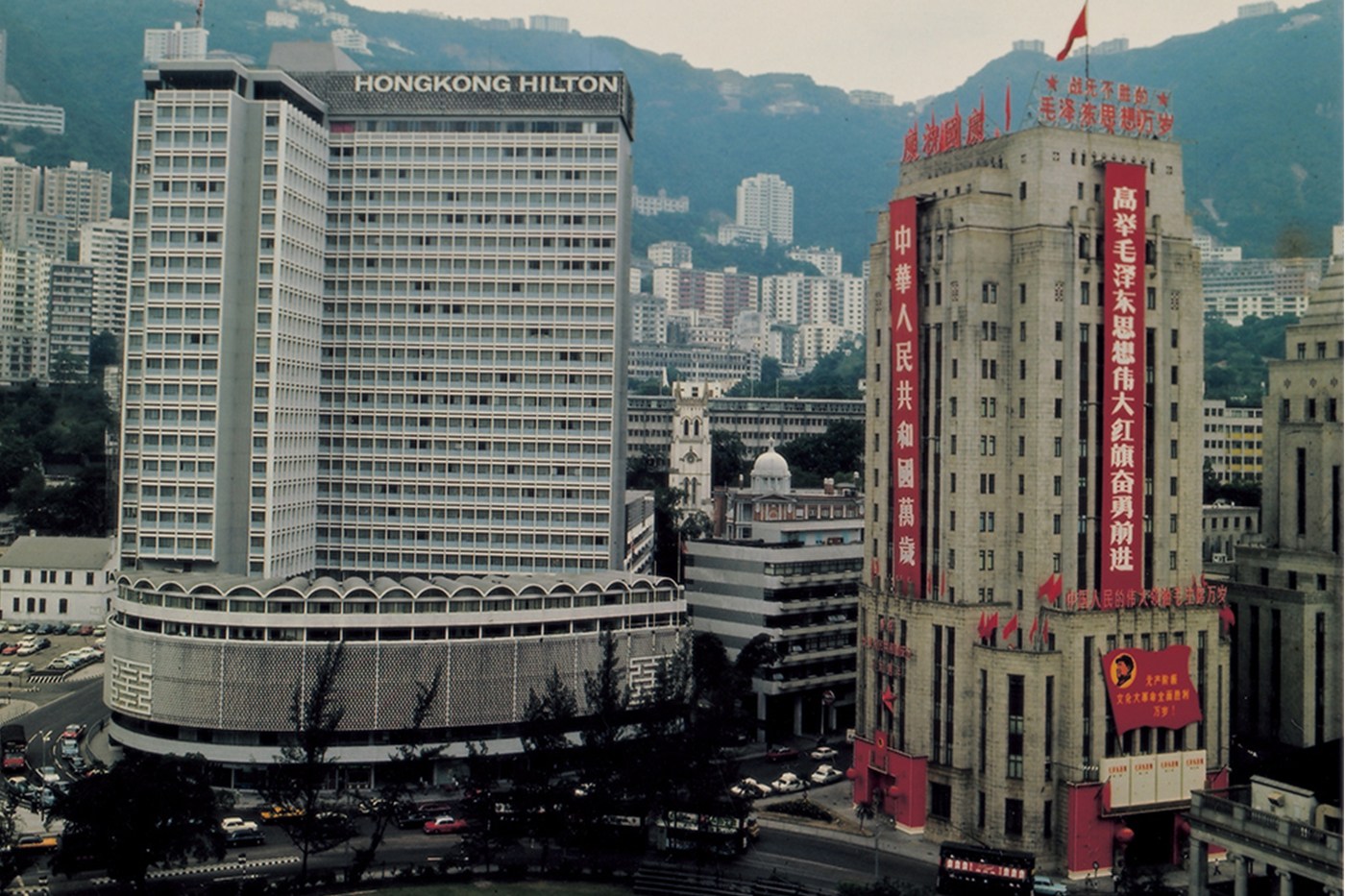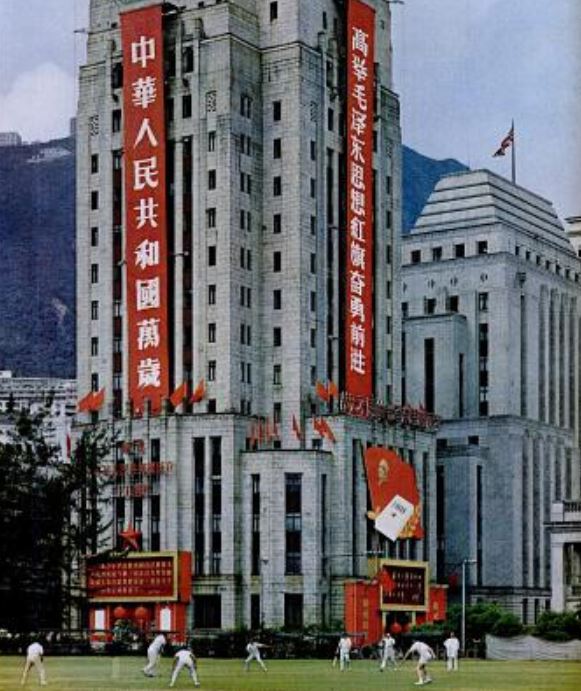As some of us sit around in the burgs and hamlets of the United States, knitting our fingers and wondering about the shape that China’s “invasion” of the U.S. will take, need we look any further than Hong Kong? In 1997, Hong Kong’s sovereignty was transferred to China, and the “one country, two systems” principle that helped everyone feel better about the hand-off has been diminishing ever since. While Hong Kong is still a freer type of China than Mainland China, those freedoms are winnowing away.

Changes subtlely happen. Nick Frisch writes in The New Yorker that
interference and intimidation have become more common. Phone calls from Beijing operatives to Hong Kong officials and journalists are now routine. Chinese security agents have disappeared dissidents from the city’s streets. In 2015, several men who published salacious books about the Party leadership were kidnapped, and later…[confessed] to subversion.
Three decades before the hand-off, the Hong Kong branch of the Bank of China, at no.2A Des Voeux Road Central, Central, Hong Kong, became a giant protest sign. In true globo form, we find three countries’ cultures jammed together into one view: the U.S. Hilton hotel corporation, the Bank of China, and English cricket (in the other image) being played

Explains LIFE magazine, October 13, 1967:
Possibly Red China’s proudest monument outside its borders is the Hong Kong branch of the Bank of China, which towers over the neighboring British Hong Kong and Shanghai Bank (right). Last week, to celebrate the 18th anniversary of the Communist take-over, the Chinese bank got a festoon of posters with the predictable slogans: “Long life to the Chinese People’s Republic,” and “Raise the Red flag of Mao’s thought and march forward courageously.” On the same day, however, the Communists once again began supplying water to the British colony, the Hong Kong stock market hit a two-year high and a cricket game proceeded in leisurely fashion opposite the Red bank.
